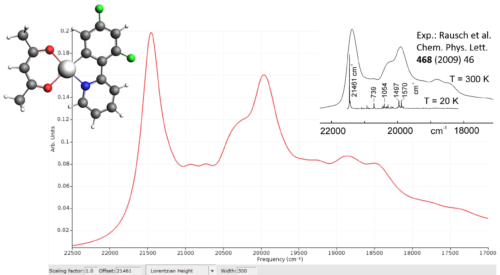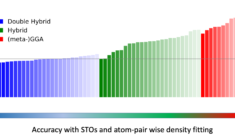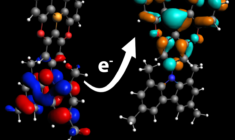ADF
Powerful molecular DFT to understand chemistry
Our flagship computational chemistry program Amsterdam Density Functional (ADF) is particularly strong in understanding and predicting structure, reactivity (catalysis), and spectra of molecules. Density Functional Theory (DFT) calculations are easily prepared and analyzed with our integrated graphical user interface.
ADF is frequently used for studying transition metal complexes and molecules with heavy atoms, since all elements in the periodic table can be modeled accurately and efficiently with the ZORA relativistic approach and Slater Type orbital (STO) all-electron basis sets. With these features, ADF offers unique capabilities to predict molecular properties of nanoparticles and organic electronics materials.
ADF is easy to use with parallel binaries, integrated GUI, and support from experts with decades of experience. The best way to convince yourself is to try out the fully functional Amsterdam Modeling Suite.
X-Ray Absorption Spectroscopy, X-ray photoelectron spectroscopy
SCM’s expert Erik van Lenthe demonstrates how to calculate X-ray absorption spectra (XANES / NEXAFS) with core excitations in ADF. The demo features spin-orbit coupling, TDDFT and the fast transition potential method.
Fedor Goumans has made a video on calculating XPS spectra with ADF.
Transition states
Check out this video on finding transition states with the Amsterdam Modeling Suite, leveraging DFTB as a quick first method (see also Ziegler-Natta tutorial).



